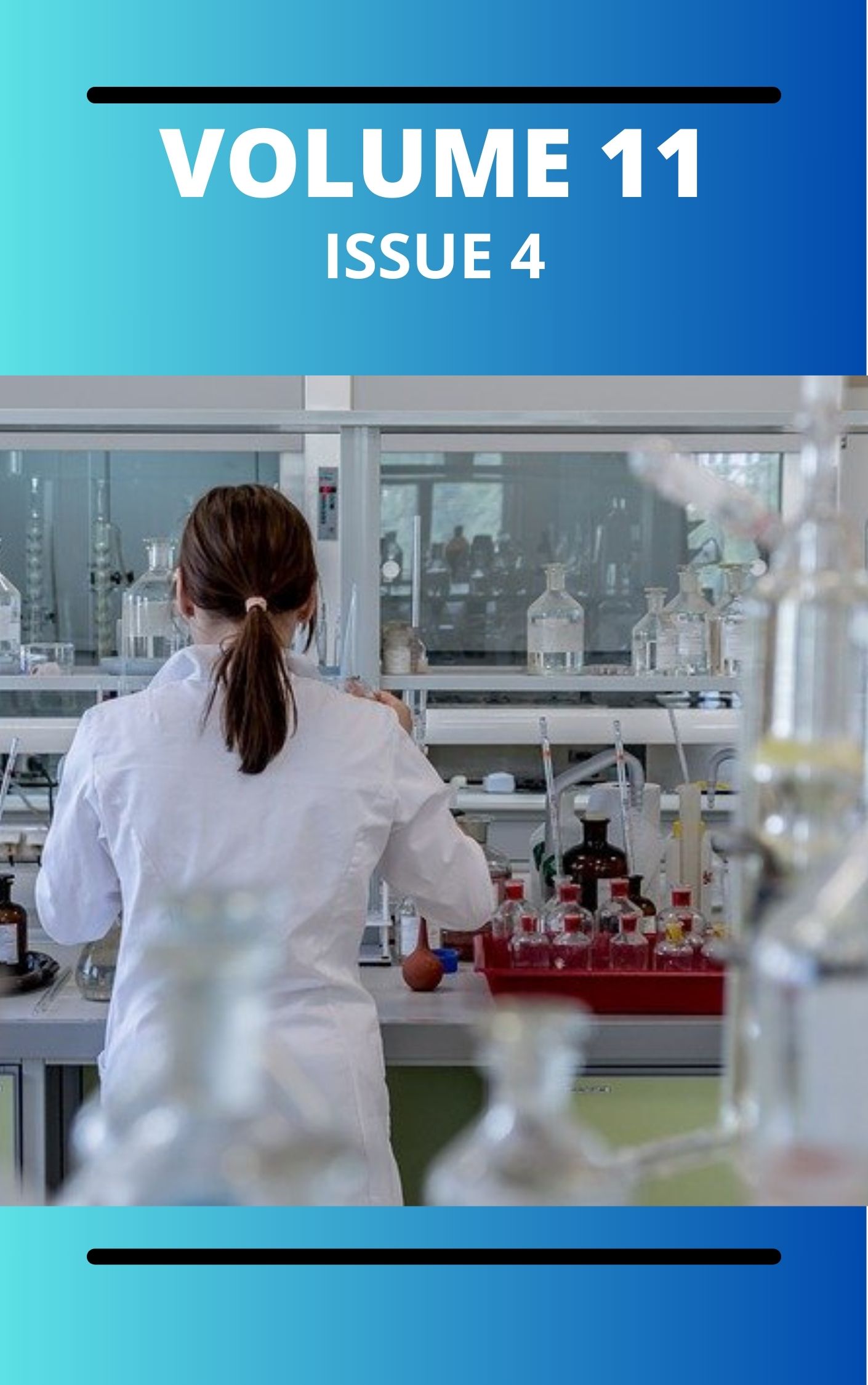The Geochemistry and Petrogenesis of the Iron-Bearing Sediments of Mfamosing, Southeastern (SE), Nigeria: Evidence from Major Oxides and Its Implication for Industrial Utilization
DOI:
https://doi.org/10.4314/4na1hw55Keywords:
Geochemistry, Petrogenesis, Iron ore, Mfamosing, Calabar FlankAbstract
Iron ore, a critical resource for global industrial activities, plays a pivotal role in driving economic development and sustaining essential sectors such as construction, manufacturing, and infrastructure. Nigeria is endowed with substantial iron ore reserves, including the Mfamosing area, which has recently garnered attention for its untapped potential. However, limited comprehensive studies hinder a clear understanding of the iron ore occurrences and their industrial viability. This study addresses this gap by investigating the geochemistry of the iron-bearing metasediments in the Mfamosing area, utilizing X-ray fluorescence (XRF) to analyze major oxides. Field and laboratory studies were conducted, involving the collection of twenty-five (25) sediment samples from the Mfamosing area and subsequent XRF analysis. The results revealed a high content of Fe2O3 (hematite) in the range of 62.64–80.45 wt.%, indicating the dominance of iron-rich minerals. The presence of SiO2, Al2O3, and other oxides suggests potential gangue minerals and aids in understanding the ore's composition. The petrogenesis study compares the geochemical characteristics of the Mfamosing iron ore with other iron-bearing formations globally. The findings indicate a sedimentary origin, with hydrothermal influence evidenced by Fe/Al and Fe/Si ratios. The low concentration of detrital materials further supports a primarily seawater-derived iron source. The iron ore has low concentrations of deleterious elements. Classification based on Fe2O3 content places most samples in the high-grade category, making them suitable as a primary raw material for steel production. Comparisons with other iron formations in Nigeria and worldwide affirm the Mfamosing iron ore's competitiveness on a global scale.
Downloads
Published
Issue
Section
Most read articles by the same author(s)
- Benjamin Odey Omang, Microchemical characterization and stream sediment composition of alluvial gold particles from the Rafin Gora drainage system, Kushaka schist belt, North Western Nigeria , Communication In Physical Sciences: Vol. 9 No. 3 (2023): VOLUME 9 ISSUE 3
Similar Articles
- Augustine Odiba Aikoye, Theoretical and Biochemical Information studies on Compounds Detected in GCMS of Ethanol Extract of Chromolaena odorate Leaf , Communication In Physical Sciences: Vol. 6 No. 1 (2020): VOLUME 6 ISSUE 1
- Siaka Abdulfatai Adabara, Bleaching Potentials of Local, Foreign and Regenerated Bleaching Earth: Comparative Study , Communication In Physical Sciences: Vol. 8 No. 4 (2022): VOLUME 8 ISSUE 4
- Eneni Roberts Inala, BIOACCUMULATION OF ENVIRONMENTAL CONTAMINANTS IN OYSTER (Crassostea sp.) TISSUES IN BAYELSA STATE, NIGERIA , Communication In Physical Sciences: Vol. 12 No. 4 (2025): VOLUME1 2 ISSUE 4
- Ayomiposi Sodeinde, Oluwafemi Orekoya, Daniel Jayeoba, Oyebade Adepegba, Effect of Green Information and Communication Technology on Survival of Electricity Distribution Companies in Nigeria , Communication In Physical Sciences: Vol. 12 No. 3 (2025): VOLUME 12 ISSUE 3
- Akens Hamilton-Amachree , Phytochemical Profiling of 30% Acetone Honeybee Crude Extract Collected From Ondo West Forest, Ondo State, Nigeria , Communication In Physical Sciences: Vol. 8 No. 4 (2022): VOLUME 8 ISSUE 4
- Blessing Ebong, Review on Microplastic-Polymer Composite Interactions: Assessing Contaminant Adsorption, Structural Integrity, and Environmental Impacts , Communication In Physical Sciences: Vol. 12 No. 3 (2025): VOLUME 12 ISSUE 3
- Ivwurie Wisdom, Okorodudu, E.Oghenetega, Assay of Aliphatic Hydrocarbons in Soils from Selected Areas in Ughelli and its Environs, Delta State, Nigeria , Communication In Physical Sciences: Vol. 8 No. 2 (2022): VOLUME 8 ISSUE 2
- Mohammed Hassan Ramat, Yahaya Zakari, Mohammed Usman, Isah Muhammad, Jamilu Yunusa Falgore, Hussaini Garba Dikko, The Effect of Exchange Rate on Gross Domestic Product (GDP) on the Nigerian Economy using ARDL-ECM approach , Communication In Physical Sciences: Vol. 8 No. 2 (2022): VOLUME 8 ISSUE 2
- Nathaniel Atamas Bahago, Gideon Wyasu, Quality Assessment of Borehole and Sachet Water Samples in Kaduna South Metropolis , Communication In Physical Sciences: Vol. 4 No. 2 (2019): VOLUME 4 ISSUE 2
- Emmanuel Oluwemimo Falodun, Faith, Technology, and Safety: A Theoretical Framework for Religious Leaders Using Artificial Intelligence to Advocate for Gun Violence Prevention , Communication In Physical Sciences: Vol. 8 No. 4 (2022): VOLUME 8 ISSUE 4
You may also start an advanced similarity search for this article.




